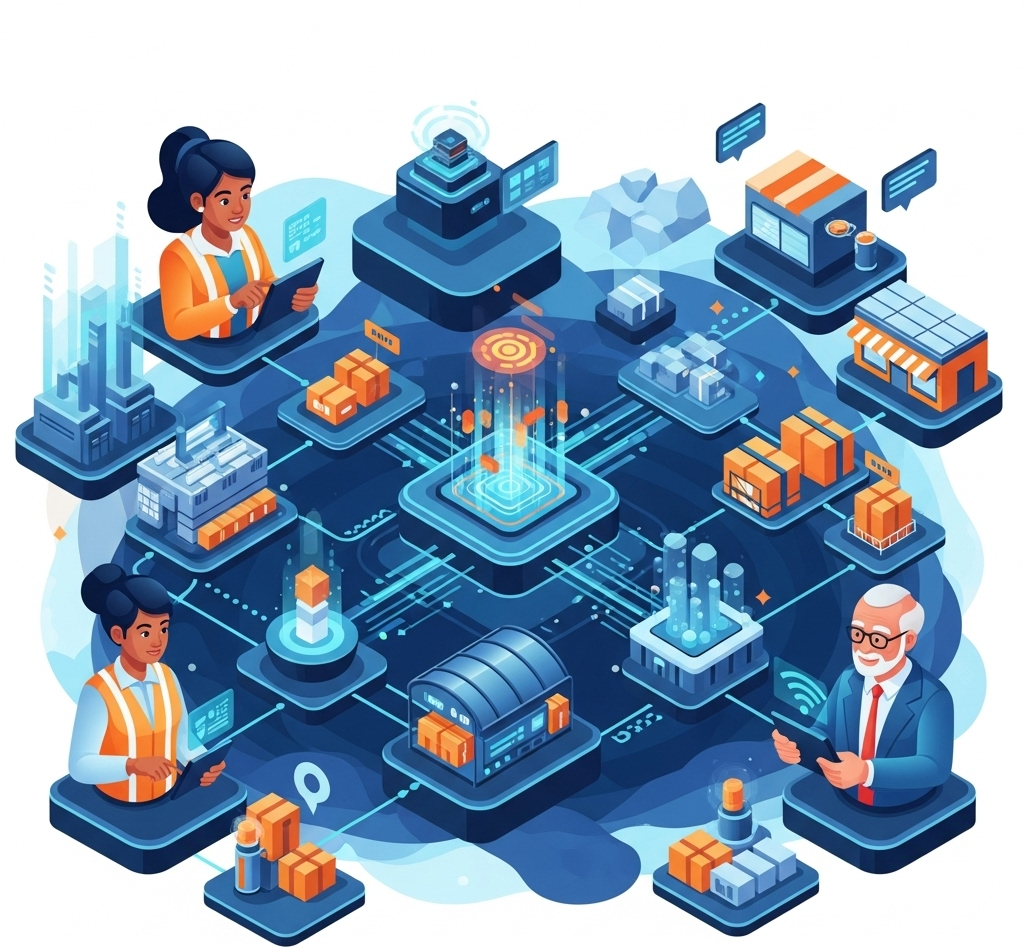
In today’s fast-evolving business landscape, innovation is the key to staying competitive. Companies are no longer relying solely on internal R&D to drive breakthroughs. Instead, a powerful trend is emerging: Supplier-Enabled Innovation (SEI). By leveraging the expertise, technologies, and creative capabilities of suppliers, businesses are unlocking new opportunities for growth and efficiency. This blog post explores the rise of SEI, its benefits, challenges, and actionable strategies to make it work effectively.
Supplier-Enabled Innovation is the process of collaborating with suppliers to co-create new products, services, or processes. Unlike traditional supplier relationships focused on cost and delivery, SEI emphasizes strategic partnerships where suppliers contribute ideas, technologies, or specialized knowledge to drive innovation.
Access to Specialized Expertise: Suppliers often possess deep technical knowledge or niche capabilities that complement a company’s internal resources.
Faster Time-to-Market: Collaborative innovation reduces development timelines by tapping into pre-existing supplier solutions.
Cost Efficiency: Sharing R&D costs with suppliers lowers financial risks.
Sustainability and Resilience: Suppliers can offer sustainable materials or processes, helping companies meet environmental goals and build resilient supply chains.
Enhanced Product Quality: Suppliers’ insights lead to better-designed, more reliable products.
Competitive Advantage: Unique supplier-driven solutions differentiate companies in crowded markets.
Scalability: Suppliers’ production capabilities enable rapid scaling of innovative products.
Risk Mitigation: Shared innovation efforts distribute risks across partners.
While SEI offers immense potential, it’s not without hurdles:
Trust and Alignment: Building trust and aligning goals between companies and suppliers can be complex.
Intellectual Property (IP) Concerns: Collaborative innovation raises questions about IP ownership and protection.
Cultural Differences: Differing organizational cultures may hinder effective collaboration.
Resource Commitment: SEI requires time, investment, and dedicated resources to manage partnerships.
To harness SEI effectively, companies must adopt a structured approach. Here are five actionable strategies:
Select the Right Suppliers: Choose suppliers with a proven track record of innovation, aligned values, and complementary capabilities.
Foster Long-Term Relationships: Invest in relationships built on trust, transparency, and mutual benefit.
Co-Define Goals: Collaborate with suppliers to set clear innovation objectives, ensuring alignment from the outset.
Joint Innovation Teams: Form cross-functional teams with members from both the company and supplier to drive ideation and execution.
Open Communication Channels: Use digital tools like Slack, Microsoft Teams, or dedicated platforms to facilitate real-time collaboration.
Regular Workshops: Host innovation workshops to brainstorm ideas and solve challenges together.
Clear IP Agreements: Draft contracts that define IP ownership, usage rights, and confidentiality before starting collaborative projects.
Flexible Models: Consider shared IP models where both parties benefit from innovations.
Legal Expertise: Engage IP lawyers to ensure agreements are robust and fair.
Digital Platforms: Use cloud-based platforms like Siemens’ Teamcenter or PTC’s Windchill to manage collaborative projects.
Data Sharing: Implement secure data-sharing protocols to exchange technical specifications, designs, or performance metrics.
AI and Analytics: Employ AI tools to analyze supplier data and identify innovation opportunities.
Define KPIs: Track metrics like time-to-market, cost savings, product performance, and supplier satisfaction.
Iterate Processes: Continuously refine collaboration processes based on feedback and outcomes.
Celebrate Successes: Recognize and reward supplier contributions to foster goodwill and motivation.
Automotive Industry: Companies like Toyota and BMW collaborate with suppliers to develop lightweight materials and electric vehicle components, accelerating innovation while reducing costs.
Consumer Electronics: Apple partners with suppliers like TSMC to co-design cutting-edge chips, enabling superior performance in its devices.
Aerospace: Boeing works with suppliers to integrate advanced composites into aircraft, improving fuel efficiency and durability.
As supply chains become more interconnected and technologies like AI, IoT, and blockchain mature, SEI will play an even bigger role. Companies that invest in supplier relationships today will be better positioned to navigate disruptions, meet customer demands, and drive sustainable growth.
Supplier-Enabled Innovation is transforming how companies innovate. By fostering strategic partnerships, leveraging technology, and addressing challenges like IP and trust, businesses can unlock the full potential of SEI. The key is to treat suppliers not as vendors but as co-creators in the innovation journey. Start small, build trust, and scale your SEI efforts to stay ahead in a competitive world.
© 2025 Lasso Supply Chain Software LLC
Get instant access to our report on the Top Procurement Trends of 2025 by filling out the form below.

Get instant access to our report on the Top Procurement Trends of 2025.